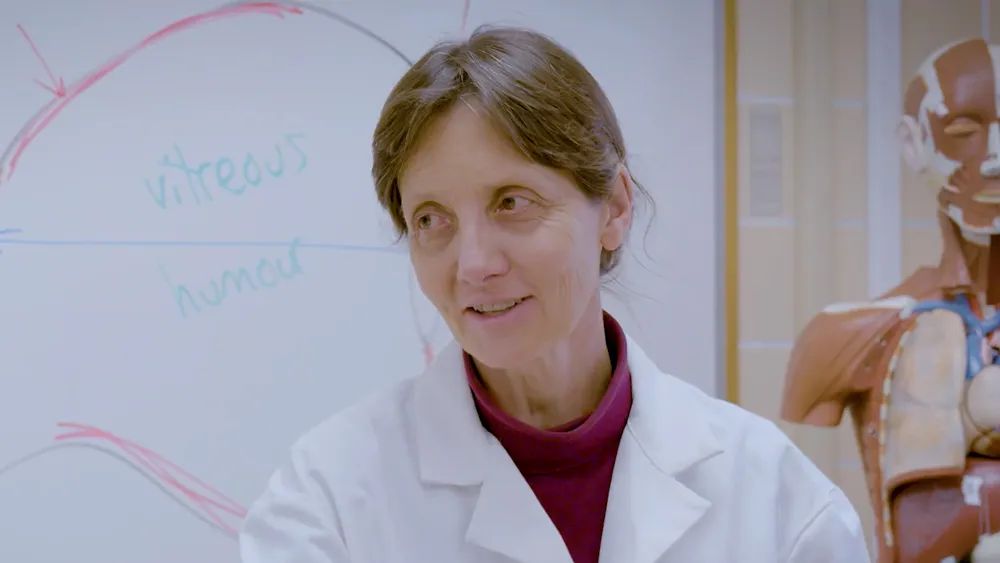Heading 1
Heading 2
Heading 3
Heading 4
Heading 5
Heading 6
Lorem ipsum dolor sit amet, consectetur adipiscing elit, sed do eiusmod tempor incididunt ut labore et dolore magna aliqua. Ut enim ad minim veniam, quis nostrud exercitation ullamco laboris nisi ut aliquip ex ea commodo consequat. Duis aute irure dolor in reprehenderit in voluptate velit esse cillum dolore eu fugiat nulla pariatur.
Block quote
Ordered list
- Item 1
- Item 2
- Item 3
Unordered list
- Item A
- Item B
- Item C
Bold text
Emphasis
Superscript
Subscript
About This Simulation
Become a spring oscillation master and help determine the magnitude and epicenter of an earthquake using just a mass and a spring.
Learning Objectives
- Describe the motion of a mass oscillating on a vertical spring
- Determine the equilibrium position of a vertical oscillator
- Explain the basic properties of Simple Harmonic Motion
- Apply Hooke’s law to a spring-mass system
- Determine the magnitude and epicenter of an earthquake from a seismogram
About This Simulation
Lab Techniques
- Seismometer
Related Standards
- No direct alignment
- No direct alignment
- No direct alignment
Learn More About This Simulation
Enter the ideal world…as physicists see it! In the Springs and Masses simulation, you will play with vertical springs connected to different masses in ideal conditions. You’ll learn the main properties of a special type of oscillation: simple harmonic motion. This is one of the most fundamental concepts in physics and it’s used to describe many different phenomena, from the vibration of a tuning fork to the vibrations of the electrons in an atom. In the end, you will get to see springs in action in one of their many applications: a seismic station.
Ideal springs in ideal conditions
Have you ever wondered what would happen if you attached a mass to an ideal vertical spring and you could neglect the resistance of air? These conditions are called ideal conditions and are very important for letting physicists understand the world around us. In a real lab, you can only observe approximations to ideal conditions, but in this virtual simulation, you can forget about all the real-world messy conditions. In the springs and masses simulation, you will play with a vertical spring that moves without friction and observe its motion when no air resistance acts on it.
Harmonic oscillator
Simple harmonic motion is one of the most fundamental concepts in physics. In the Springs and Masses simulation, you’ll work on an ideal system and determine its equilibrium for different combinations of springs and masses. Springs are everywhere around us, but do you know what distinguishes the spring in your pen from that in the suspensions of cars? Here, you will learn how Hooke’s law can help you determine the elasticity of different springs, and you will get to measure it yourself.
Build your own seismograph
Among their many uses and applications, a mass attached to a spring is the main building block of seismometers. Seismometers are the instruments used to detect seismic waves and other ground vibrations. Here you will get to assemble your own seismic station and learn how to read a seismogram, the recording output of a seismograph.
Will you be able to detect the magnitude and epicenter of an earthquake using just a mass and a spring?
For Science Programs Providing a Learning Advantage
Boost STEM Pass Rates
Boost Learning with Fun
75% of students show high engagement and improved grades with Labster
Discover Simulations That Match Your Syllabus
Easily bolster your learning objectives with relevant, interactive content
Place Students in the Shoes of Real Scientists
Practice a lab procedure or visualize theory through narrative-driven scenarios


FAQs
Find answers to frequently asked questions.
Heading 1
Heading 2
Heading 3
Heading 4
Heading 5
Heading 6
Lorem ipsum dolor sit amet, consectetur adipiscing elit, sed do eiusmod tempor incididunt ut labore et dolore magna aliqua. Ut enim ad minim veniam, quis nostrud exercitation ullamco laboris nisi ut aliquip ex ea commodo consequat. Duis aute irure dolor in reprehenderit in voluptate velit esse cillum dolore eu fugiat nulla pariatur.
Block quote
Ordered list
- Item 1
- Item 2
- Item 3
Unordered list
- Item A
- Item B
- Item C
Bold text
Emphasis
Superscript
Subscript
A Labster virtual lab is an interactive, multimedia assignment that students access right from their computers. Many Labster virtual labs prepare students for success in college by introducing foundational knowledge using multimedia visualizations that make it easier to understand complex concepts. Other Labster virtual labs prepare learners for careers in STEM labs by giving them realistic practice on lab techniques and procedures.
Labster’s virtual lab simulations are created by scientists and designed to maximize engagement and interactivity. Unlike watching a video or reading a textbook, Labster virtual labs are interactive. To make progress, students must think critically and solve a real-world problem. We believe that learning by doing makes STEM stick.
Yes, Labster is compatible with all major LMS (Learning Management Systems) including Blackboard, Canvas, D2L, Moodle, and many others. Students can access Labster like any other assignment. If your institution does not choose an LMS integration, students will log into Labster’s Course Manager once they have an account created. Your institution will decide which is the best access method.
Labster is available for purchase by instructors, faculty, and administrators at education institutions. Purchasing our starter package, Labster Explorer, can be done using a credit card if you are located in the USA, Canada, or Mexico. If you are outside of North America or are choosing a higher plan, please speak with a Labster sales representative. Compare plans.
Labster supports a wide range of STEM courses at the high school, college, and university level across fields in biology, chemistry, physics, and health sciences. You can identify topics for your courses by searching our Content Catalog.


















